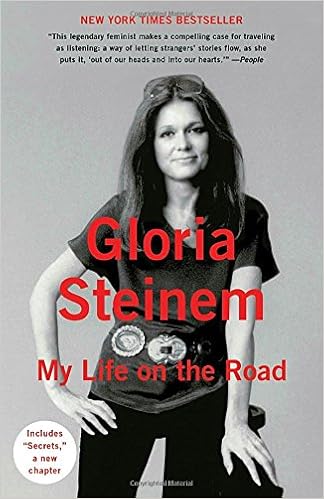“I was in Los Angeles for less than a month before I got scouted by a cult.”
This is how Kate Flannery’s book Strip Tees: Memoir of a Millennial Los Angeles opens. And with a line like that how could I not keep reading? Scouted by a cult? Tell me more!
Kate Flannery (no, not the actress who played Meredith on “The Office) was a recent graduate from Bryn Mawr. Not finding fulfillment in her post-grad job at Urban Outfitters in Philadelphia, Flannery left for the sunny climes and a new start in Los Angeles. However, things weren’t going so well. Flannery was out of a job, and her funds were dwindling. She was in a deep funk.
While drowning her sorrows at a dive bar, Flannery was approached by an attractive woman, a complete stranger, who wanted Flannery to interview with the clothing retailer American Apparel.
American Apparel may be a sleazy footnote in retail history, but in 2005 American Apparel was hot, hot, hot. The company was lauded for its American made, non-sweatshop made clothing, which included T-shirts, shorts, bathing suits, and the like. American Apparel was the brainchild of creator Dov Charney who initially was seen as a good guy with his non-sweatshop clothing made in the USA that paid its workers a decent wage. But soon rather nefarious details began to emerge about Charney about his less than savory behavior.
I’m getting ahead of myself. American Apparel was the clothing choice of many Millennials like Flannery, and after an interview, she was hired to work at one of the stores. Though probably a bit too educated and over-qualified to be a shop girl, Flannery was thrilled to have a job and grew close to many of her co-workers. She did so much more than ring up customers’ purchases. She managed hiring and took photographs for American Apparel’s very infamous and very recognizable advertisements.
It wasn’t long before Flannery ascended the ladder at American Apparel and went beyond her shop girl role. She went on the road, scouting new recruits, and opening new American Apparel stores (including the now closed location in my lower east side Milwaukee neighborhood).
Flannery was exhilarated to be doing so well with American Apparel, and for the longest time she relished her work despite the travel and long hours. She was working for the hippest clothing company around, and it was intoxicating.
However, things weren’t always so rosy at American Apparel and much of it had to do with Dov Charney, the king of sleaze. Dov was known for sleeping with many of his subordinates (called “Dov’s Girls). He had no shame and would walk around in his underwear and have sex with girls in the stores’ dressing rooms. He was also accused of masturbating in front of a writer from the now defunct Jane magazine while she interviewed him. Ick.
At first Flannery tried to ignore Dov’s behavior, thinking these women were just uptight. It was the time of “indie sleaze” and “do-me feminism.” But after a while, Flannery just couldn’t ignore Dov’s behavior and the behavior of other employees including one asshole who tried to sexually assault her. And though initially American Apparel seemed to be about sexual liberation, it soon became clear it was more about sexual exploitation. Flannery soon realized she needed to make a change in her life. So she did. And through it all she came to grips of what was really important to her.
It’s now American Apparel is now out of business. Flannery has gone onto better things like writing for the reality show “Rupaul’s Drag Race.” But Strip Tees is a riveting tale of a singular time in fashion and one Millennial’s coming of age in the aughts. I found American Apparel to be a riveting and fast-paced read whether your a rapidly aging hipster still coveting your American Apparel t-shirts, or anyone interested in everything from the world of retail, growing up, and finding oneself..












 It’s probably not a secret that I’m a fan of British pop culture critic, author, feminist and all-around cool British bird Caitlin Moran. Ms. Moran began writing about pop music when she was still a teenager growing up in a struggling family that lived in a council house and later hosted a TV show. Later Moran proved her feminist street cred via her funny, soul-searching, thought-provoking columns on everything from her budding sexuality as a teenager to her challenges combing marriage, child rearing and writing. She also writes about serious issues that affect women (and the men who love them) with the same aplomb she writes about pop culture. I’ve been a fan of hers ever since I picked up to of her earlier books Moranthology and How to Be a Woman. And her novel
It’s probably not a secret that I’m a fan of British pop culture critic, author, feminist and all-around cool British bird Caitlin Moran. Ms. Moran began writing about pop music when she was still a teenager growing up in a struggling family that lived in a council house and later hosted a TV show. Later Moran proved her feminist street cred via her funny, soul-searching, thought-provoking columns on everything from her budding sexuality as a teenager to her challenges combing marriage, child rearing and writing. She also writes about serious issues that affect women (and the men who love them) with the same aplomb she writes about pop culture. I’ve been a fan of hers ever since I picked up to of her earlier books Moranthology and How to Be a Woman. And her novel 
